Navigating Deal Structures: Pros and Cons of Locked Box vs Completion Accounts
- Posted by admin
- On April 10, 2025
- 0 Comments
In any M&A transaction, agreeing on a purchase price is only part of the story. Equally important is deciding how and when that price will be finalized. This is where completion mechanisms come into play. Two widely used approaches—locked box and completion accounts—offer different routes to the same destination but vary significantly in execution, risk allocation, and implications for both buyer and seller.
Understanding the mechanics of each method is key to making an informed choice that aligns with the specifics of the deal and the interests of the parties involved.
The Locked Box Mechanism
The locked box approach sets the purchase price at signing, using a historical reference point—usually the target’s most recent audited financials. No adjustments are made after the deal closes, except in cases of agreed “leakage”—unauthorized value extractions such as dividends or non-arm’s-length transactions.
To safeguard value, the buyer negotiates protections against leakage and may offer a fixed interest or value accrual to compensate the seller for operating the business during the interim period (from the locked box date to the closing date). These terms are typically outlined in the Share Purchase Agreement (SPA), the core legal document that governs the sale of shares.
Key Features:
- Fixed price agreed at signing.
- Based on historical, audited accounts.
- No post-closing adjustments.
- Leakage protections included in the SPA.
- Common in auction and competitive processes.
Pros and Cons of the Locked Box Mechanism
Pros |
Cons |
| High price certainty at signing. | Buyer assumes the risk for any value changes before completion. |
| Simpler, faster post-completion process. | Requires strong, recent audited financials. |
| Clean exit for sellers with minimal post-closing engagement. | Not ideal for targets with volatile cash flows or working capital. |
| Attractive in auctions and seller-friendly deals. | Limited post-closing buyer recourse if issues arise. |
This mechanism benefits sellers by offering deal finality. For buyers, it demands robust upfront diligence and confidence in the financial data.
The Completion Accounts Mechanism
Completion accounts delay the final purchase price calculation until after the deal closes. A provisional amount is paid at closing, with the final price adjusted based on closing-date financials prepared by the buyer. Adjustments typically reflect differences in working capital, net debt, and cash.
This approach offers pricing precision for buyers and requires both parties to clearly define adjustment items and the dispute resolution process in the SPA.
Key Features:
- Final price calculated post-closing.
- Adjustments based on actual working capital, cash, and debt.
- Buyer prepares completion accounts.
- Seller can review and dispute calculations.
- Favoured in one-on-one or complex transactions.
Pros and Cons of the Completion Accounts Mechanism
Pros |
Cons |
| Price reflects actual financial condition at closing. | Delays final pricing and seller’s certainty. |
| Helps buyers manage risk in uncertain or seasonal businesses. | Requires detailed post-closing reconciliation and oversight. |
| Enables custom structuring for non-auction deals. | Time-consuming and more expensive to administer. |
| Buyer retains post-signing influence on the final price. | Higher potential for disputes without clearly defined terms. |
Buyers benefit from the ability to align the final price with the company’s actual performance, while sellers face more uncertainty until completion accounts are finalized.
Comparing the Mechanisms
Criteria |
Locked Box Mechanism |
Completion Accounts Mechanism |
| Timing of Purchase Price | Agreed at signing, based on prior audited accounts. | Determined post-closing based on actual financials. |
| Price Adjustments | No adjustments except for agreed leakage. | Adjustments made for net debt, working capital, and cash. |
| Certainty for Seller | High — final price known upfront. | Lower — proceeds uncertain until completion accounts are agreed. |
| Diligence Burden | High upfront diligence is required. | Diligence can be staged over pre- and post-closing periods. |
| Complexity & Admin | Lower post-closing burden. | Heavier post-closing work and potential for disagreements. |
| Risk of Disputes | Lower if leakage terms are well-defined. | Higher due to valuation or accounting interpretation differences. |
| Use Case | Competitive auctions, stable businesses, seller-driven deals. | Bilateral deals, volatile businesses, where buyer seeks pricing accuracy. |

How to Decide: Choosing the Right Mechanism
There is no universally superior mechanism—only one that best fits your transaction. Here’s how to assess which is more suitable:
Opt for a Locked Box mechanism when:
- The seller aims to finalize the transaction with a clear-cut price and no adjustments after closing.
- The target company maintains steady operations with minimal fluctuations in financial results.
- Recently audited financial statements provide a reliable financial picture.
- The transaction is part of a competitive bidding process requiring streamlined terms.
- The parties prefer a streamlined process with limited obligations after closing.
Opt for Completion Accounts when:
- The buyer prefers to link the final purchase price to the actual financial position at closing.
- The target operates in an industry prone to market fluctuations or seasonality.
- There are concerns about the accuracy or reliability of the target’s historical financial data.
- The deal is negotiated on a private basis, providing flexibility for financial adjustments after closing.
Final Thoughts
Locked box and completion accounts serve the same purpose but cater to different transactional needs and risk appetites. Sellers tend to favor locked box for its clarity and speed, while buyers prefer completion accounts for flexibility and accuracy.
Choosing the right mechanism is less about preference and more about understanding deal dynamics, financial stability, and the relative bargaining power of each party. Clear documentation, early alignment, and solid legal counsel remain essential for success.











0 Comments